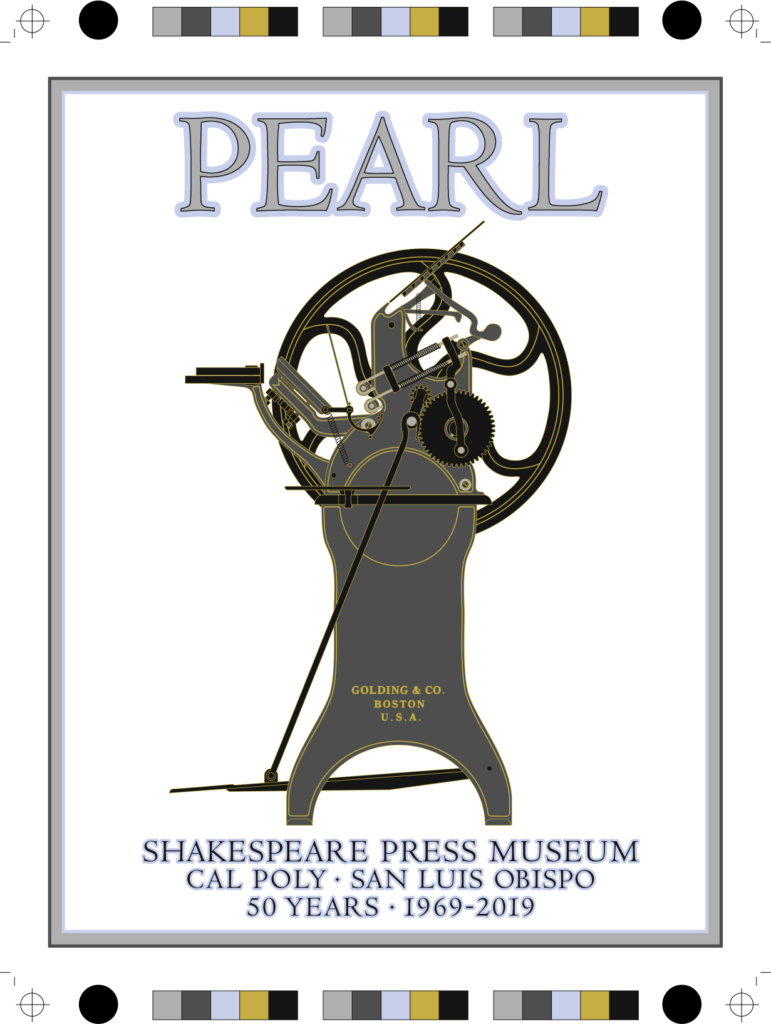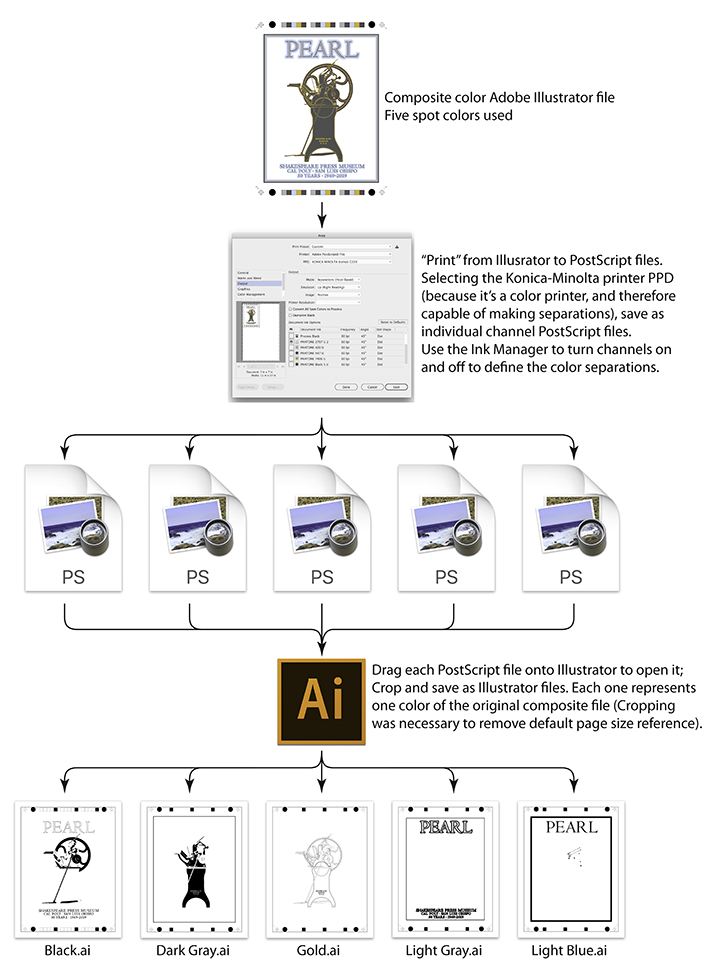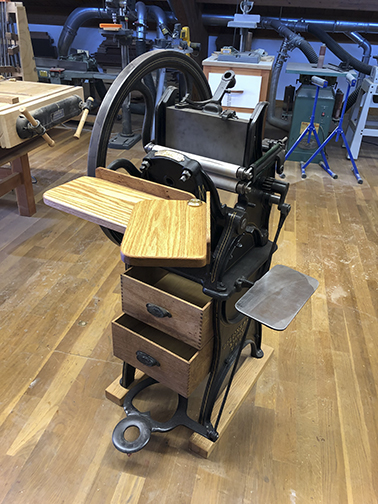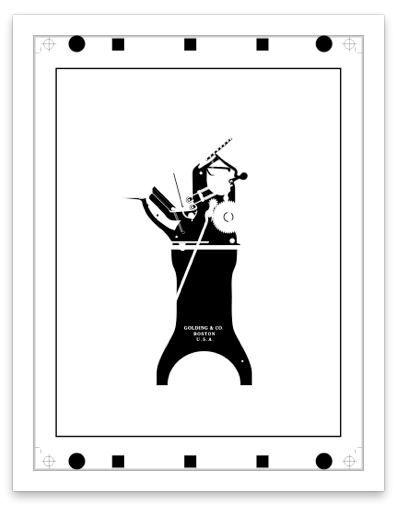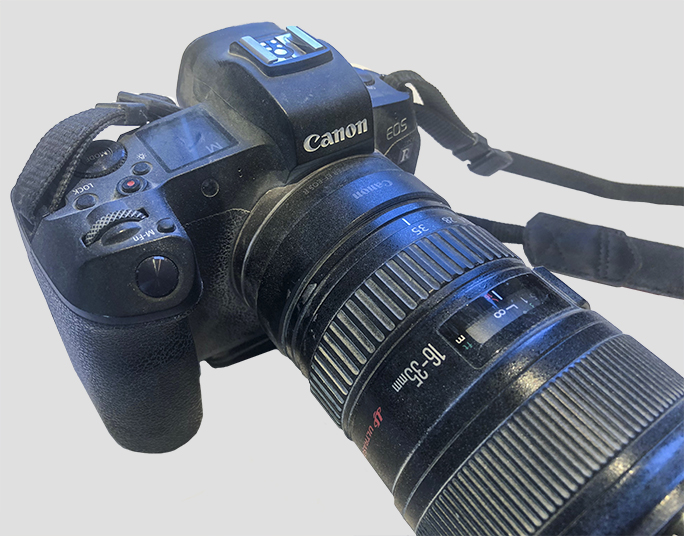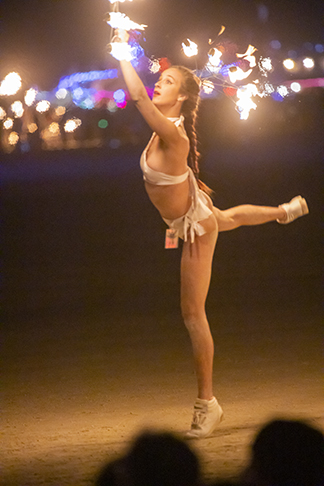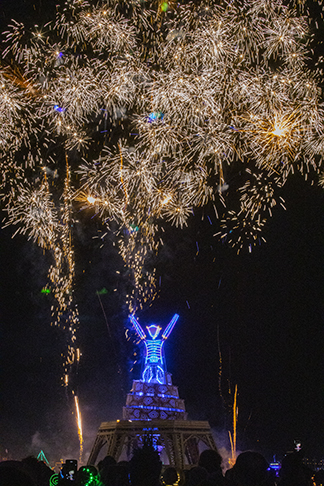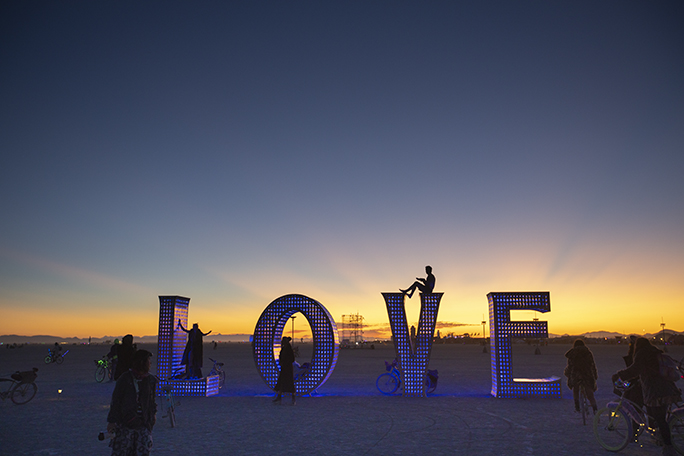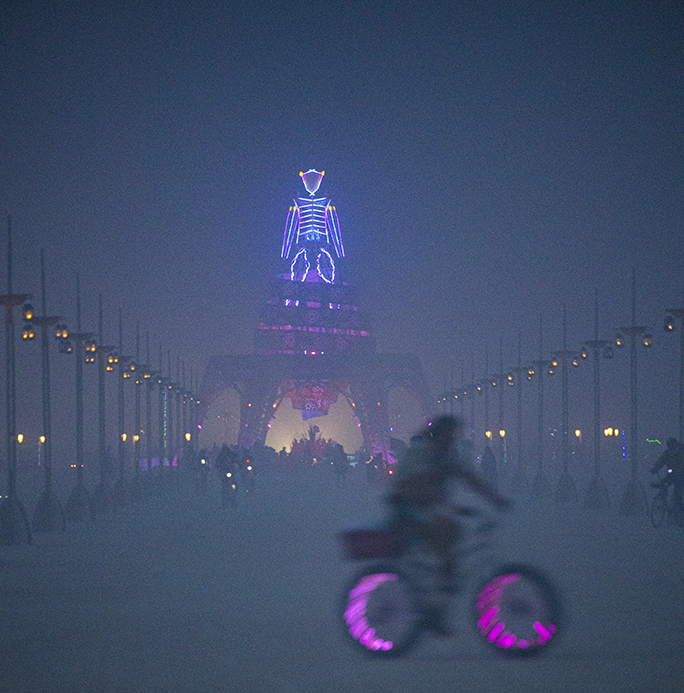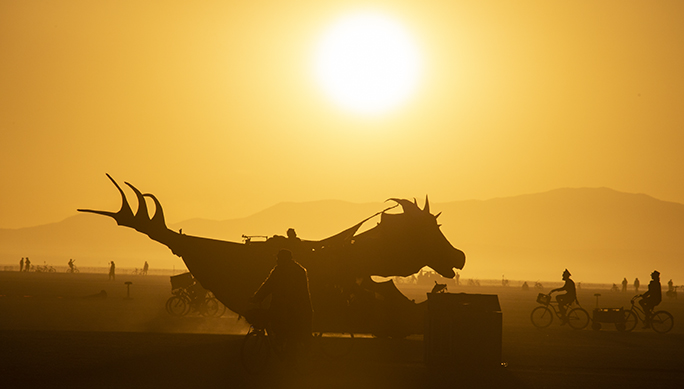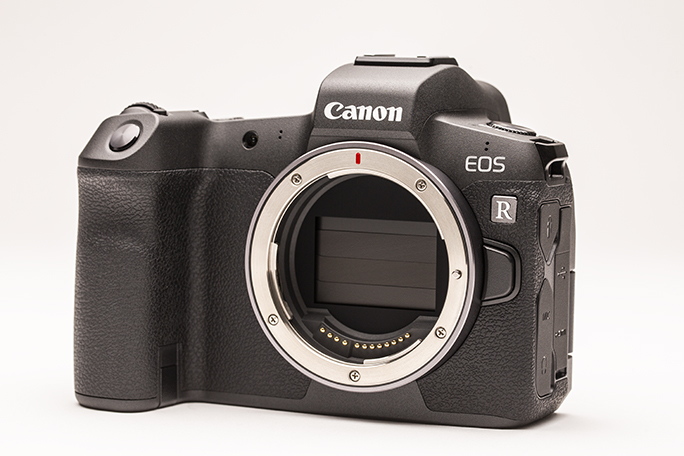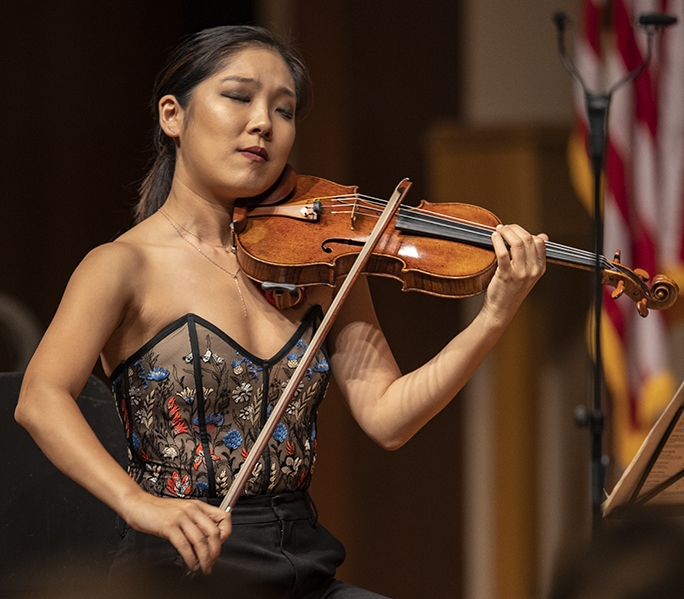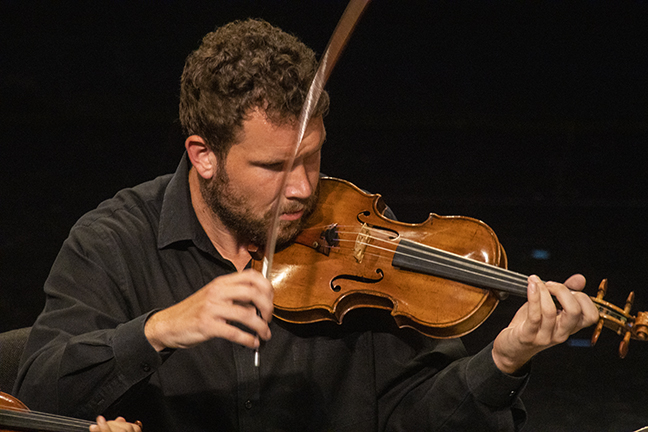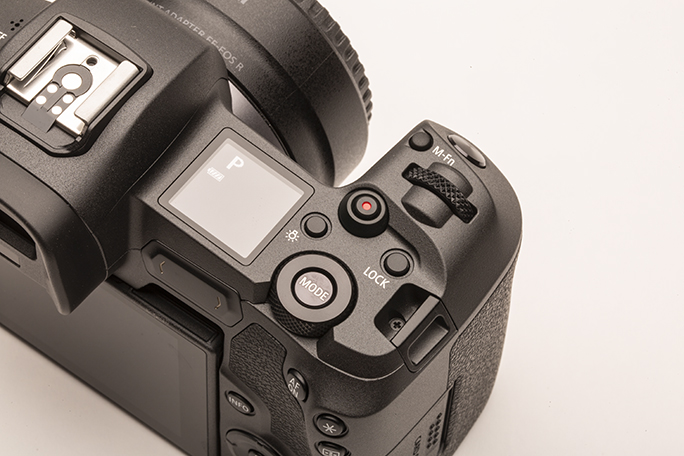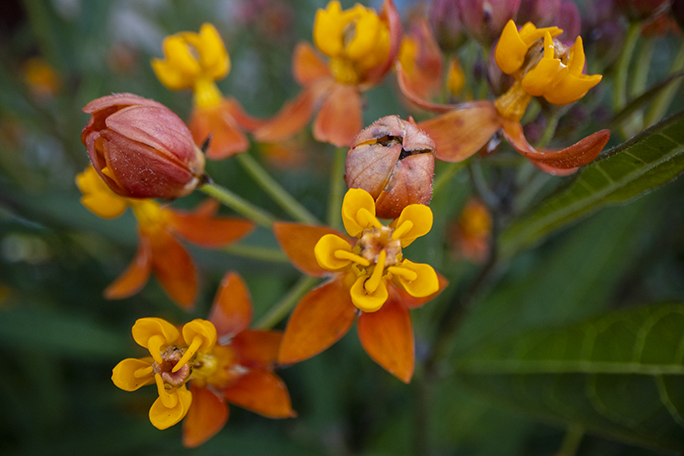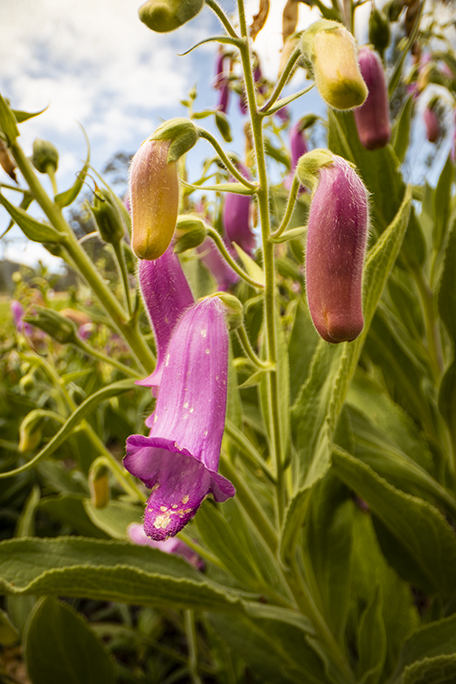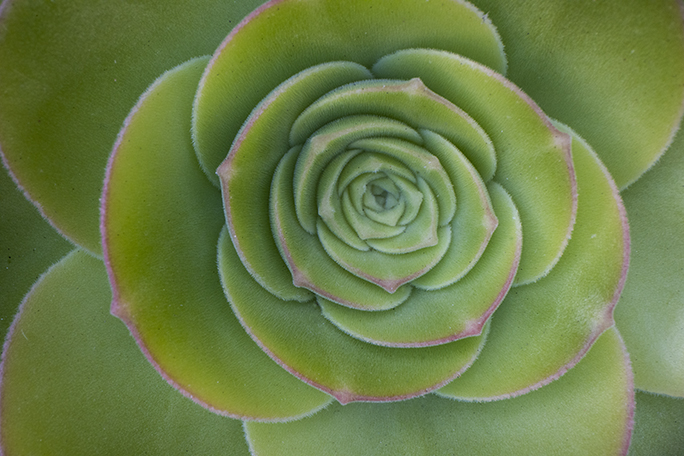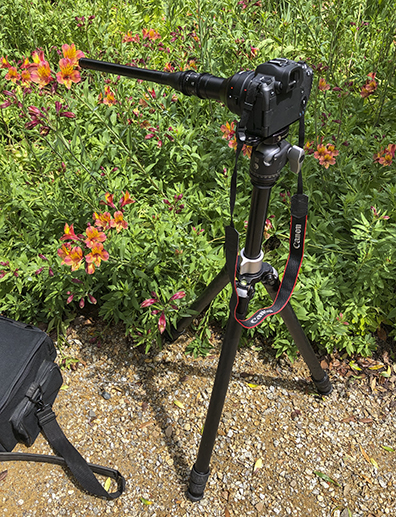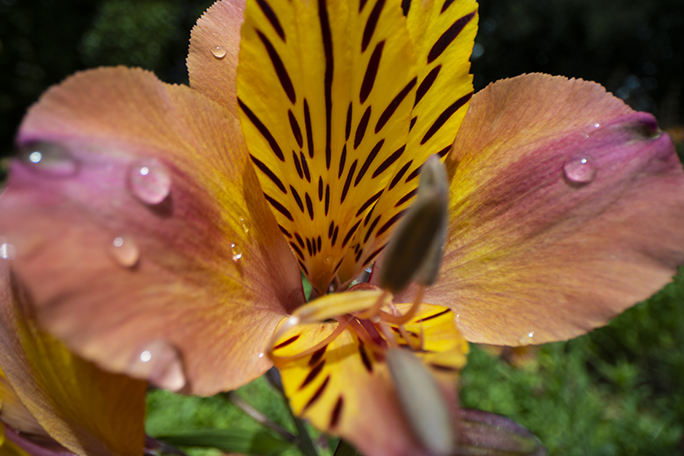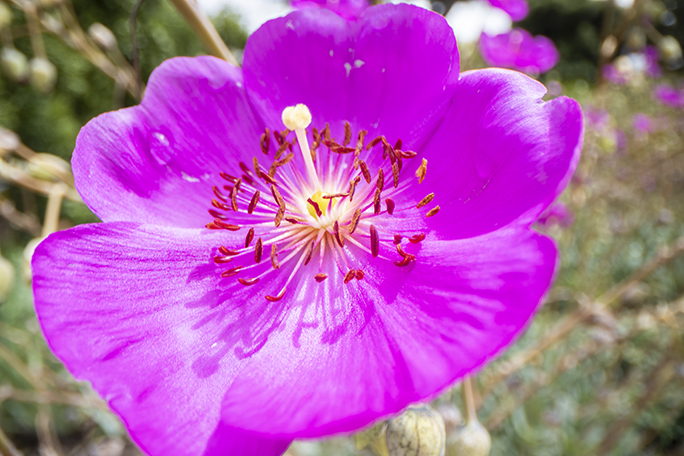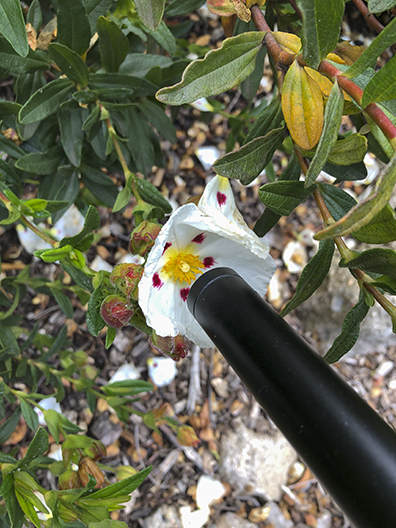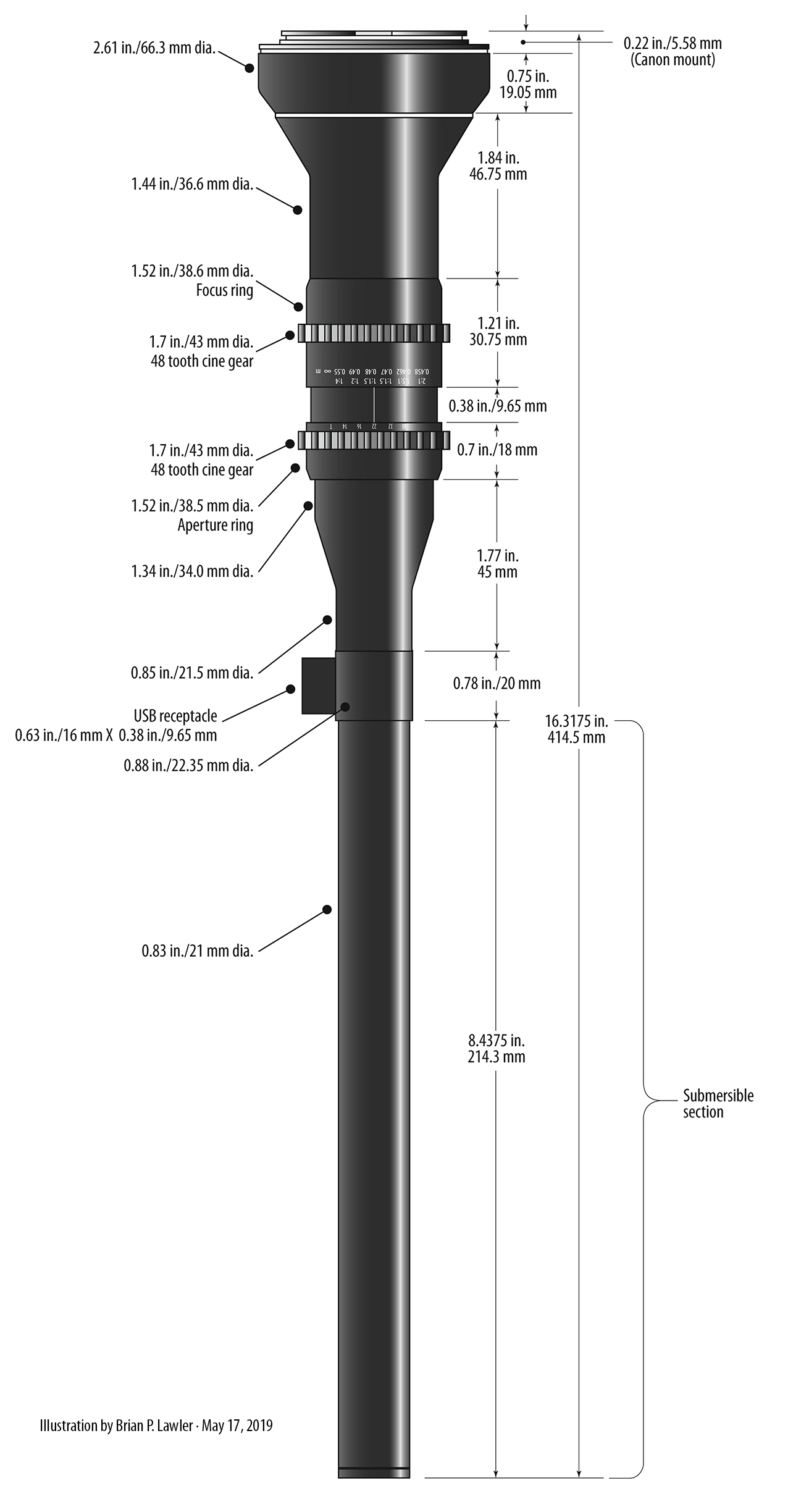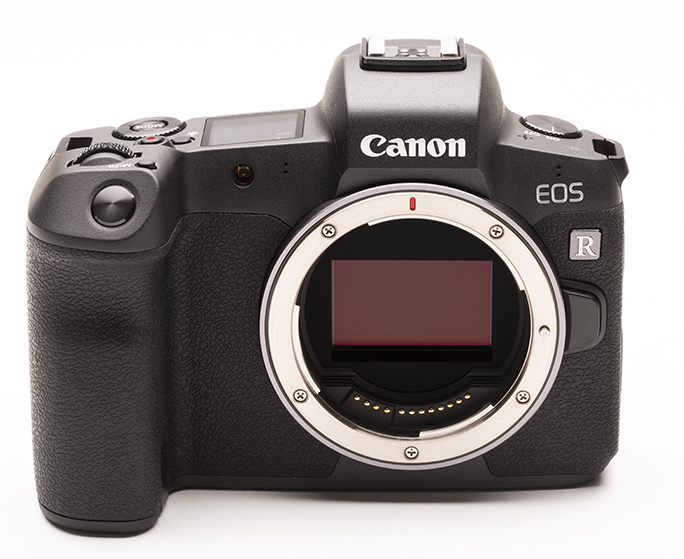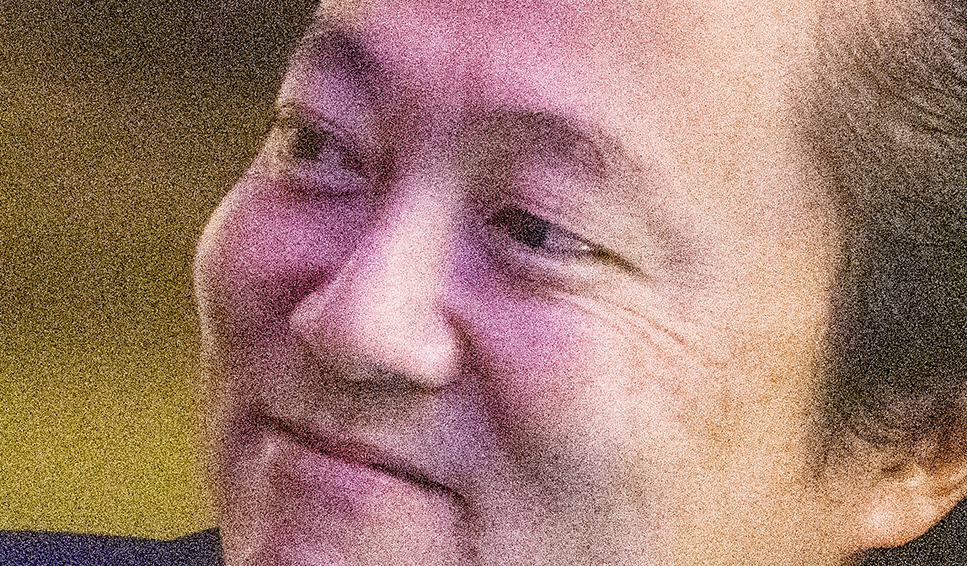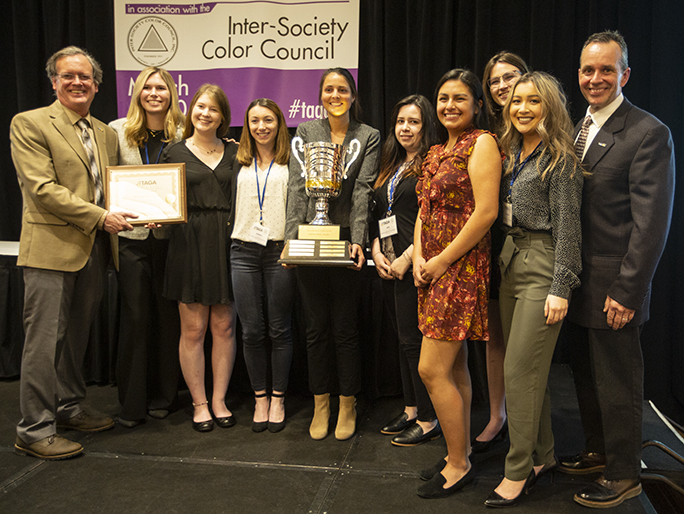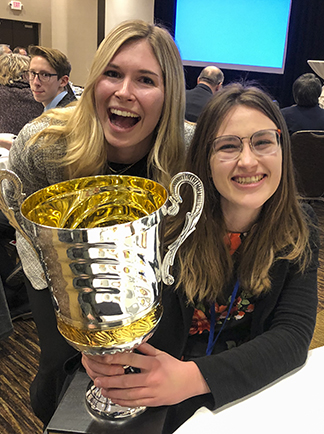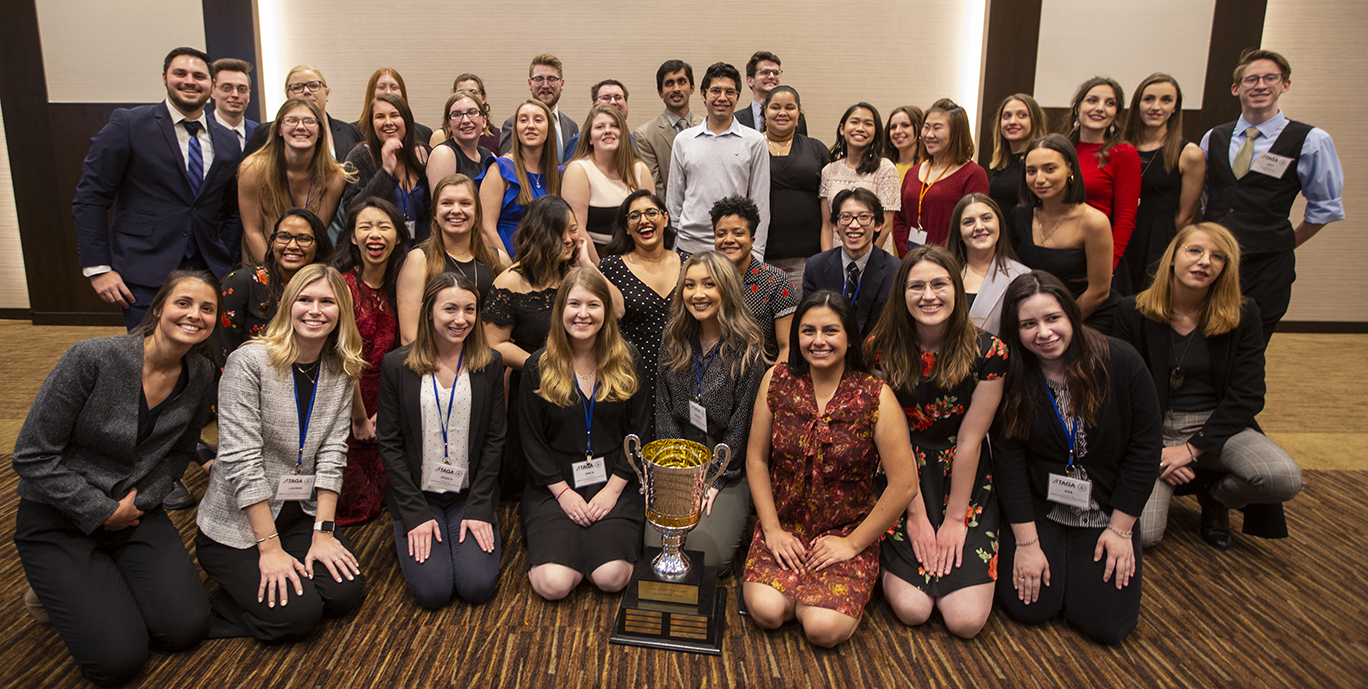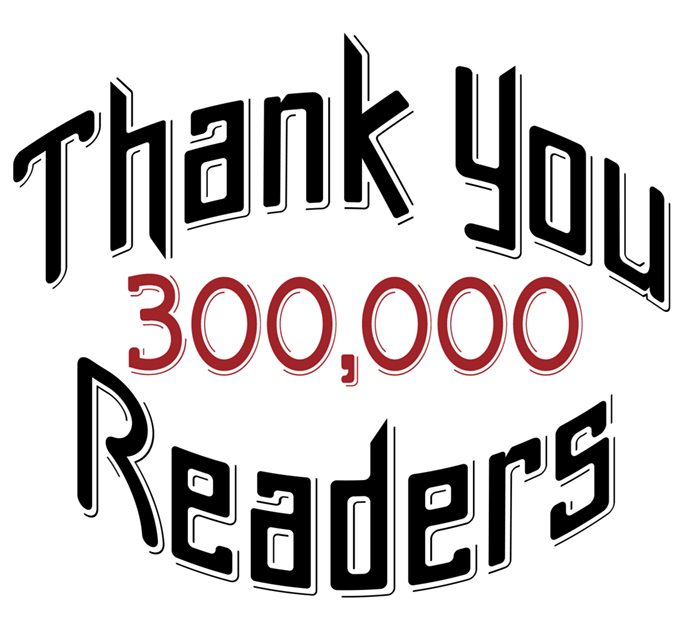In 2019 I began the restoration of an 1895 Pearl press, a treadle-powered letterpress that was donated to the Cal Poly Shakespeare Press Museum.
That press was a rusty machine when we took delivery of it. I took it to my shop, disassembled it, then sand-blasted the parts and repainted it. After the pieces were repainted, I pin-striped some of the parts then reassembled the press. It was missing some key parts, which I replaced with new ones.
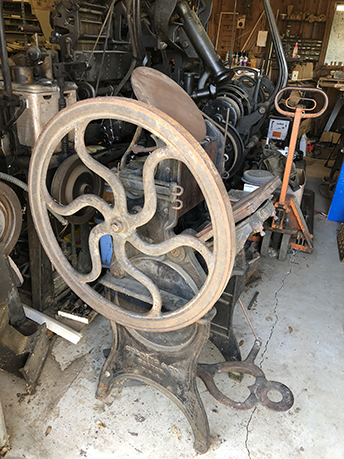
Finding new parts for an 1895 press was surprisingly easy. There are several people who manufacture castings for the machines, and another fellow who makes modern ink rollers that fit the press perfectly. I bought those and installed them on the machine. It needed new springs, which I hand-wound. I surface-ground the ink distribution plate on my CNC router (fitted with an abrasive disk), and had a welder repair the platen, which was mysteriously broken on its corners.
The hardest part to replace has been the main drive gear, which I could not find. I hired a machinist friend to make one for me. The original has several missing teeth, and had been repaired, badly, several times since 1895. My machinist friend bought a new gear “blank” that is a perfect replacement for the original – with several modifications needed.
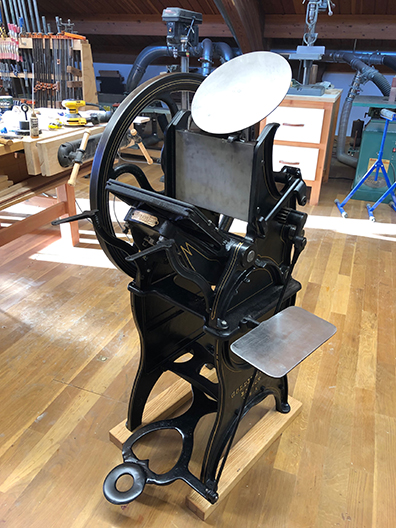
I built new woodwork for the press including the feed and delivery tables, two new drawers for the base, and I added something the original press never had – a drawer cover. Since the drawers are directly under the main parts of the press, solvent, ink and lost paper will occasionally fall down into the press, and I want those not to fall into the top drawer. I machined an ampersand into the drawer top in the same style as the lettering in the press castings. It’s a nice touch.
Meanwhile, I drew an illustration of the Golding Pearl No. 3 press, working from a parts drawing in the original instruction manual. I made the illustration into a poster, which has not yet been printed, and a postcard, which I finished this week. Details about the color separations for the postcard are described in my previous post.
I had my five zinc engravings made for the press run, and I set up the first color – light blue – on the Heidelberg Windmill press (not the Golding; it was still in the shop). Also, printing with precise register on the Golding would be extraordinarily difficult; that press does not have the precision of a Windmill.
I have never run a multicolor job on a Heidelberg Windmill before. In fact I have only run a Windmill for embossing and die-cutting jobs. I had never put ink on a Windmill press in my life. So this was going to be my first printing job on the Windmill, and my first precision register job at the same time. I like a challenge!
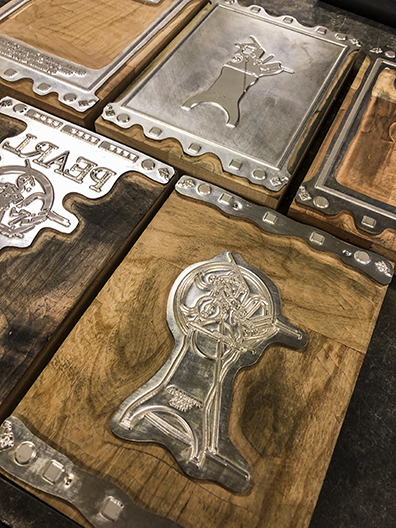
The press runs began five weeks ago on a Friday. I had a few open hours in my Friday schedule, and I used those to work on the postcard. I bought some 100% cotton Neenah paper for the job, but then switched to a paper that has a bit more bulk for this project.
I also ordered Pantone colors from Van Son Holland Ink for four of the five colors of the job. The final color would be gold, and I had five pounds of gold on hand.
The Heidelberg Windmill press is most often run “without guides” (one of its two operating modes). This means that the windmill arms of the press pick up the paper from the center of the feed table, and continue to hold the paper while it is printed, then the arms carry the paper to the delivery stack where each sheet is dropped after being printed. That’s the “commercial” (easy) way to run the press.
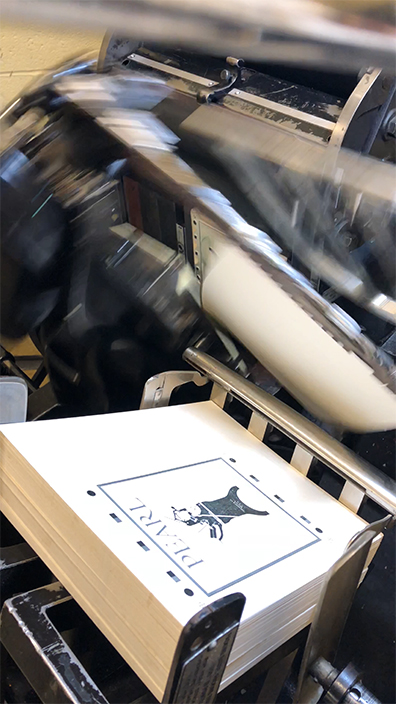
Click here to see a short video of the Windmill running.
The other mode is “with guides” where the windmill arm picks up the sheet from the left edge of the feed table, carries the sheet into the press, then drops the sheet onto brass register guides at the bottom of the press. The machine then moves those guides up and to the right, registering each sheet precisely against the bottom two, and one side guide for register. After the impression, the windmill arm grabs the sheet a second time, and carries it up to the delivery table and drops it there. “With guides” is the only way to print with precision on this machine. It’s much more difficult, so most people don’t bother. I bothered.
Running the first color was easy, since I wasn’t trying to register anything to anything else. It was just a press run. I was careful to be sure that the image was in the right place on the sheet, and was not moving from sheet to sheet.
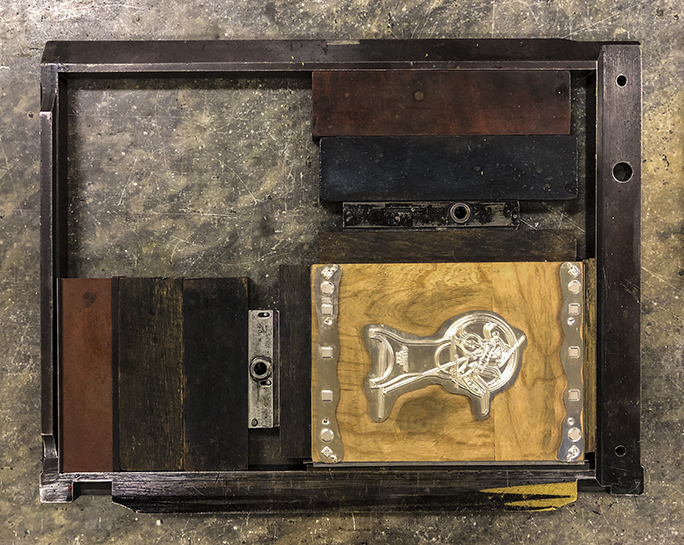
The second Friday I added light gray to the postcard. This color had to be perfectly registered to the first, of course. There is a thick light gray border that kisses the light blue. It made it easy for me to see if register was perfect, and it was.
The third Friday I ran a dark gray ink, which registered with the light gray in the press illustration, but not along the border. The run went well, though if I had it to do over I would mix some transparent white into the dark gray to lighten it a bit. It’s too close to black for my taste.
On the fourth Friday I ran the black, which put a trapped border on the edge, and inserted crisp lettering into the title and the detailed lettering at the bottom of the card. The black looks good, but again I wish I had printed the dark gray a little lighter (I’ll fix that when I run the poster). The black was designed to trap the other colors where it overprints, and it did that admirably.

The final Friday arrived and I put the metallic gold ink on the press. This color carries all of the fine detail of the illustration – the springs, the gear teeth, the pin-striping. I got it to register quite quickly (three trips to to composing stone for small adjustments of position). And it looks glorious! The gold makes the press look absolutely wonderful.
Along the way I had to make some very small adjustments to register the sheets on the press. These adjustments are facilitated by two small screws on the vertical, and one screw on the side guide. The Heidelberg only allows for 4 points (0.0552 in. of 1.4 mm) total movement on the vertical guides, and slightly less on the horizontal guide. At the beginning of each press run I centered those guide screws so that I had the maximum movement available both up and down. The side guide is harder to adjust, so I left it alone, choosing to move the plate in the chase with my paper strips instead.
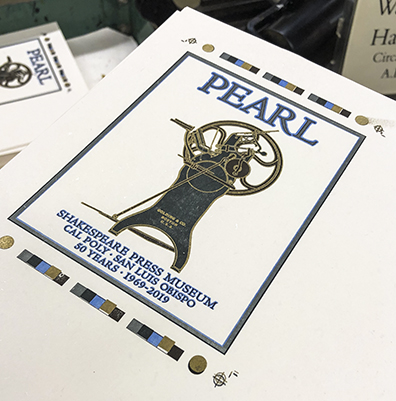
Once in register, the press stays in register. This machine, now 66 years old, runs like new. And when it runs, it makes a delightful symphony of sounds. The air compressor (a large piston pump on the right-rear of the machine) sounds like exaggerated breathing. There are many clanks and pops and whooshes as the windmill arms take the sheets to the press and out again. I love running this machine because it’s a work of mechanical perfection.
Now I have a stack of beautifully printed five-color postcards. I suppose I have to put something on the other side and mail them!
My plan is to use them to invite all of our former student curators to a dinner in honor of the museum’s 50th anniversary. And, after that I will use them to invite people to an event in January to celebrate International Graphic Communication Week.
I’ll keep a handful unprinted on the back, and I will frame one for the wall of the museum. After all, with this job I have created a work of art.


